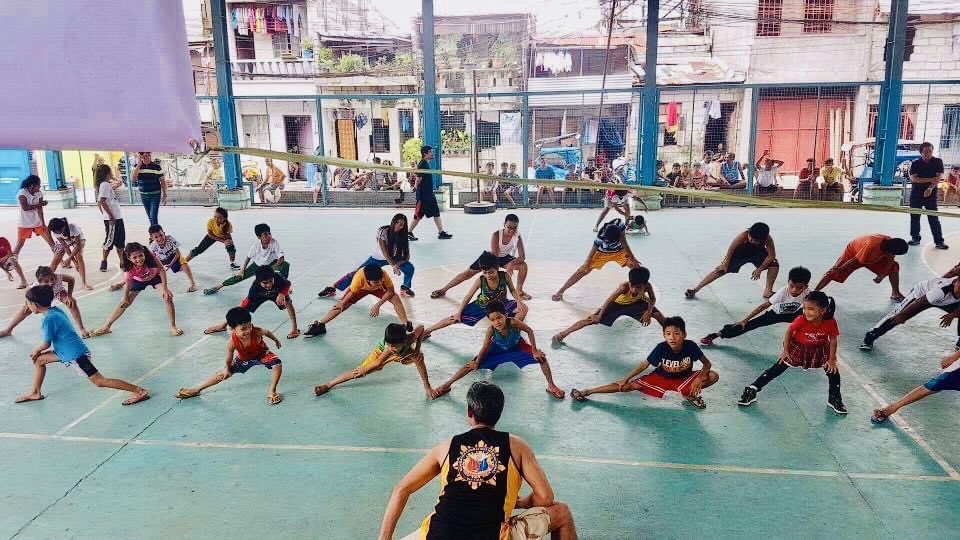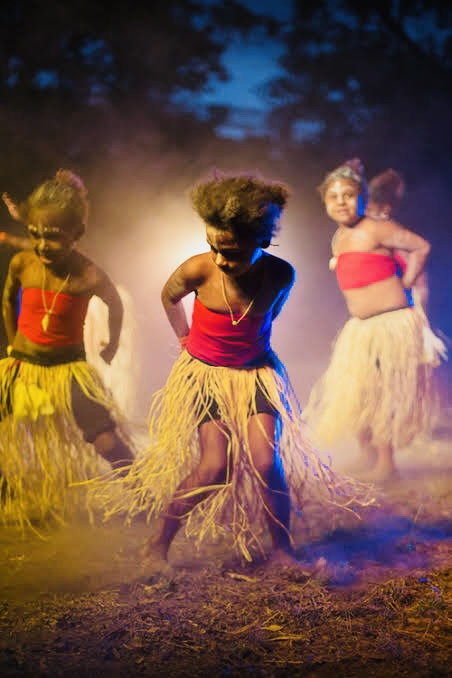
“The idea that the brain can change its own structure and function through thought and activity is, I believe, the most important alteration in our view of the brain since we first sketched out its basic anatomy and the workings of its basic component, the neuron. #HealingTrauma
For four hundred years mainstream medicine and science believed that brain anatomy was fixed. The common wisdom was that after childhood the brain changed only when it began the long process of decline;
that when brain cells failed to develop properly, or were injured, or died, they could not be replaced. Nor could the brain ever alter its structure and find a new way to function if part of it was damaged.
The theory of the unchanging brain decreed that people who were born with brain or mental limitations, or who sustained brain damage, would be limited or damaged for life. Scientists who wondered if the healthy brain might be improved or preserved were told not to waste their time,

A neurological nihilism — a sense that treatment for many brain problems was ineffective or even unwarranted — had taken hold, and it spread through our culture, even stunting our overall view of human nature.
Since the brain could not change, human nature, which emerges from it, seemed necessarily fixed and unalterable as well. The belief that the brain could not change had three major sources:
the fact that brain-damaged patients could so rarely make full recoveries; our inability to observe the living brain’s microscopic activities; and the idea — dating back to the beginnings of modern science — that the brain is like a glorious machine.
And while machines do many extraordinary things, they don’t change and grow. When patients did not progress psychologically as much as hoped, often the conventional medical wisdom was that their problems were deeply “hardwired” into an unchangeable brain.
“Hardwiring” was another machine metaphor coming from the idea of the brain as computer hardware, with permanently connected circuits, each designed to perform a specific, unchangeable function.
A band of brilliant scientists, in the late 1960s or early 1970s, made a series of unexpected discoveries. They showed that the brain changed its very structure with each different activity it performed, perfecting its circuits so it was better suited to the task at hand.
If certain “parts” failed, then other parts could sometimes take over. The machine metaphor, of the brain as an organ with specialized parts, could not fully account for changes the scientists were seeing. They began to call this fundamental brain property “neuroplasticity.”

Neuro is for “neuron,” the nerve cells in our brains and nervous systems. Plastic is for “changeable, malleable, modifiable.” At first many of the scientists didn’t dare use the word “neuroplasticity” in their publications, and their peers belittled them for promoting a fanciful notion.
Yet they persisted, slowly overturning the doctrine of the unchanging brain. They showed that children are not always stuck with the mental abilities they are born with; that the damaged brain can often reorganize itself so that when one part fails, another can often substitute;
that if brain cells die, they can at times be replaced; many “circuits”/even basic reflexes that we think are hardwired are not; thinking, learning, acting can turn our genes on/off, shaping brain anatomy and behavior — one of the most extraordinary discoveries of the twentieth century.
Like all revolutions, this one will have profound effects. The neuroplastic revolution has implications for, among other things, our understanding of how love, sex, grief, relationships, learning, addictions, culture, technology, and psychotherapies change our brains.

https://www.consciousplanet.org
All of these disciplines will have to come to terms with the fact of the self-changing brain and with the realization that the architecture of the brain differs from one person to the next and that it changes in the course of our individual lives.
While the human brain has apparently underestimated itself, neuroplasticity isn’t all good news; it renders our brains not only more resourceful but also more vulnerable to outside influences.

Filipino Martial Arts, Las Piñas, Philippines.
Neuroplasticity has the power to produce more flexible but also more rigid behaviors — “the plastic paradox.” Ironically, some of our most stubborn habits and disorders are products of our plasticity.
Once a particular plastic change occurs in the brain and becomes well established, it can prevent other changes from occurring. It is by understanding both the positive and negative effects of plasticity that we can truly understand the extent of human possibilities.”

Cape York, Australia.
https://indigenousx.com.au/
Source: Adapted from The Brain That Changes Itself: Stories of Personal Triumph from the Frontiers of Brain Science. A book on neuroplasticity by psychiatrist and psychoanalyst Dr Norman Doidge. Published in 2007. https://www.normandoidge.com
Now you know the power of Trauma Informed Care. Let’s turn this framework into a mindset for personal, social and political change. If you are unable to, you might need help first, to get safe or become ‘unstuck’ from trauma. Reach out for trauma informed care. #YouBelong
With love,
Dr Louise Hansen
Psychologist
PhD in Psychology
Human Rights Activist
#HealingTrauma #Justice4Australia #YouBelong

“I brought you something close to me
Left for something you see though you’re here
You haunt my dreams
There’s nothing to do but believe
Just believe
Just breathe
Another day, just believe
Another day, just breathe
Another day, just believe
Another day, just breathe
I’m used to it by now
Another day, just believe
Just breathe
Just believe
Just breathe
Lying in my bed
Another day, staring at the ceiling
Just breathe
Another day
Another day, just believe
Another day
I’m used to it by now
I’m used to it by now
Just breathe
Just believe
Just breathe
Just believe
Just believe
Just breathe
Just believe
Another day, just believe
Another day
Another day, just believe
Another day, just breathe
Another day (I do believe)
Another day (So hard to breathe)
Another day (Not so hard to believe)
Another day
Another day.”
#YouBelong
https://youtu.be/vyut3GyQtn0

https://ulurustatement.org/the-statement/

https://incarcerationnation.com.au
“Not everything that is faced can be changed, but nothing can be changed until it is faced.” – James Baldwin

If you would like to donate, please visit:
https://www.thejilyainstitute.com.au/about-us/

Trauma Informed World was inspired by Kopika and Tharnicaa; two faces that remind us everyday of Australia’s cruel refugee system. One of many systems in Australia that remind us of the negative operation of power. #HomeToBilo

https://www.hometobilo.com
***Since the creation of this website the Biloela family were released from detention, returned to Biloela and granted permanent protection in Australia. However, hundreds more people still remain stuck in a system that requires urgent reform.***

Welcome to the Kaldor Centre for International Refugee Law. Join us to make positive changes for refugees around the world.
https://www.kaldorcentre.unsw.edu.au/
New Kaldor Centre policy brief proposes reforms to Australia’s temporary protection system | Kaldor Centre:
https://www.kaldorcentre.unsw.edu.au/news/new-kaldor-centre-policy-brief-proposes-reforms-australia%E2%80%99s-temporary-protection-system
You can listen my talk with Dr Cathy Kezelman AM, President of Blue Knot Foundation on my own healing journey, training and study and how it has informed my work and advocacy for a trauma informed world here:

Australia’s National Helplines and Websites:
https://www.beyondblue.org.au/get-support/national-help-lines-and-websites
To provide the best information possible, Beyond Blue has listed national helplines and external services. All services linked to Beyond Blue are reviewed before they are posted.